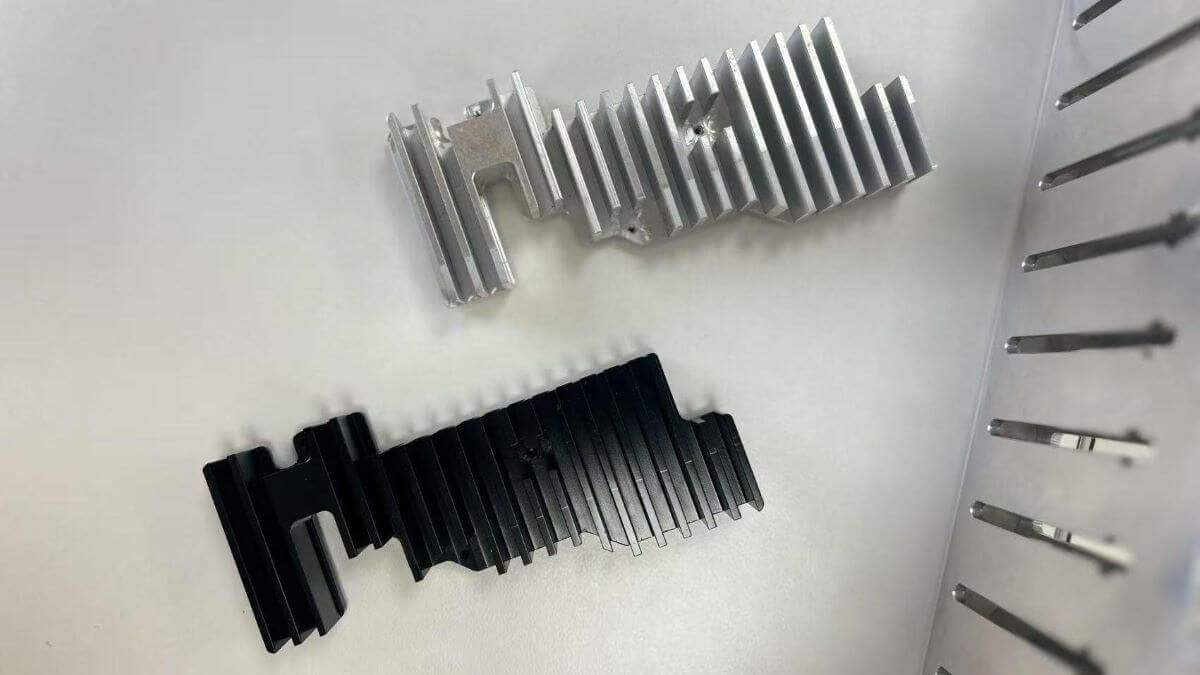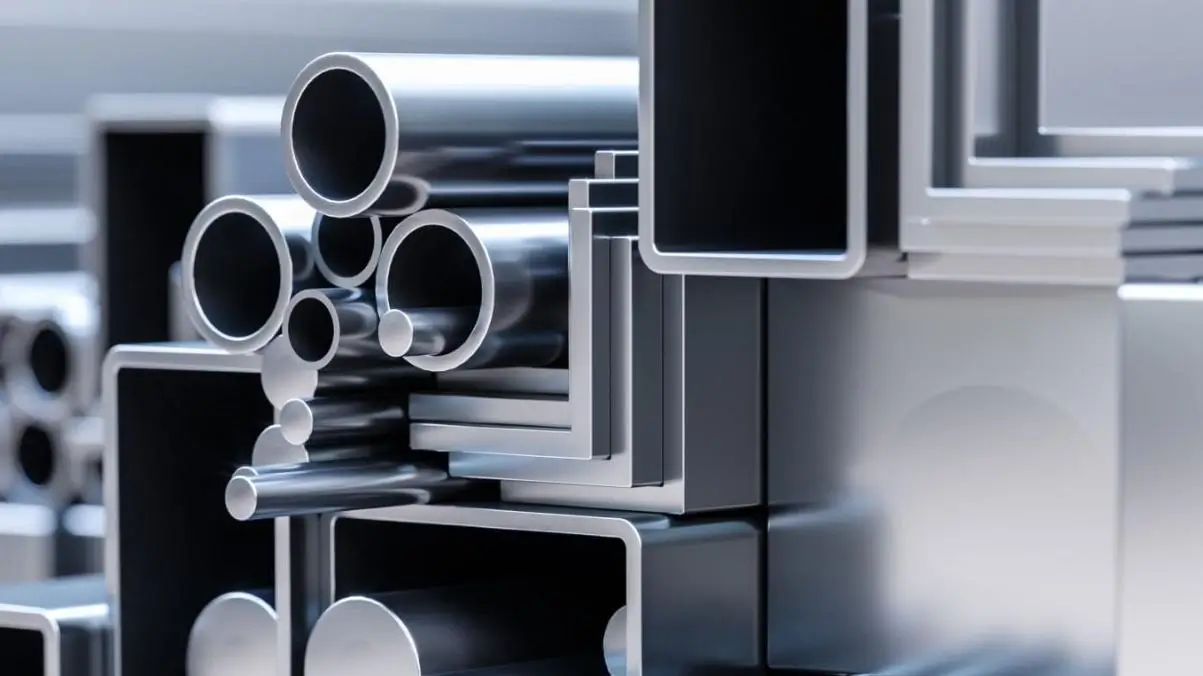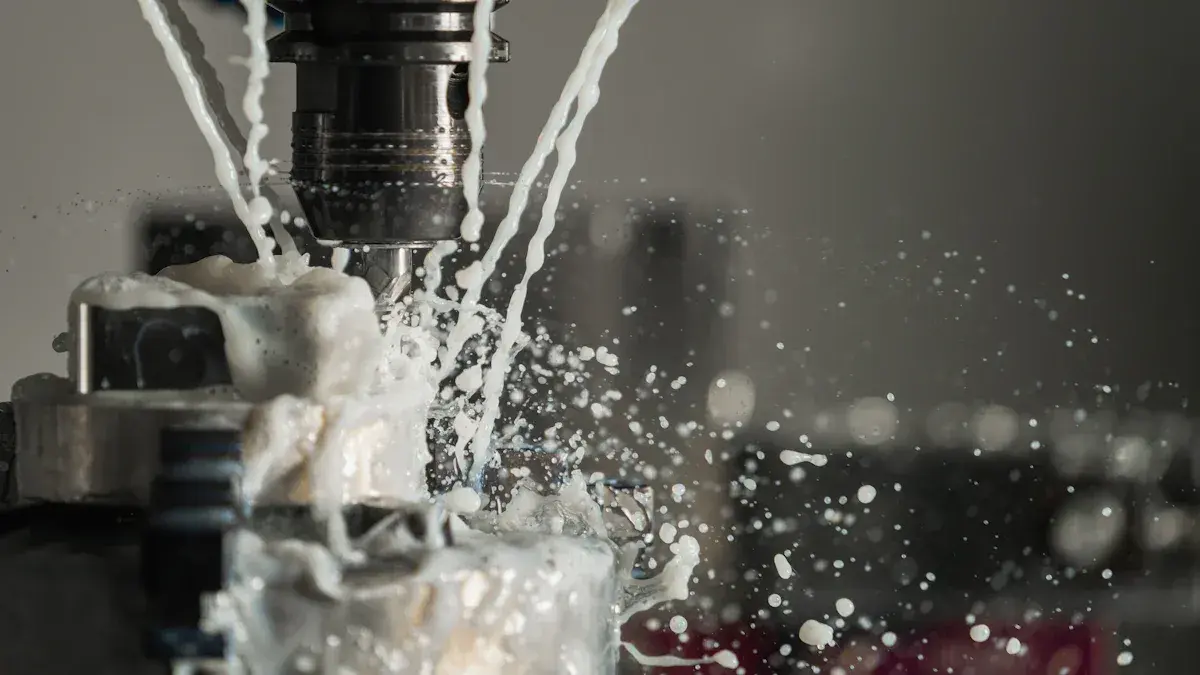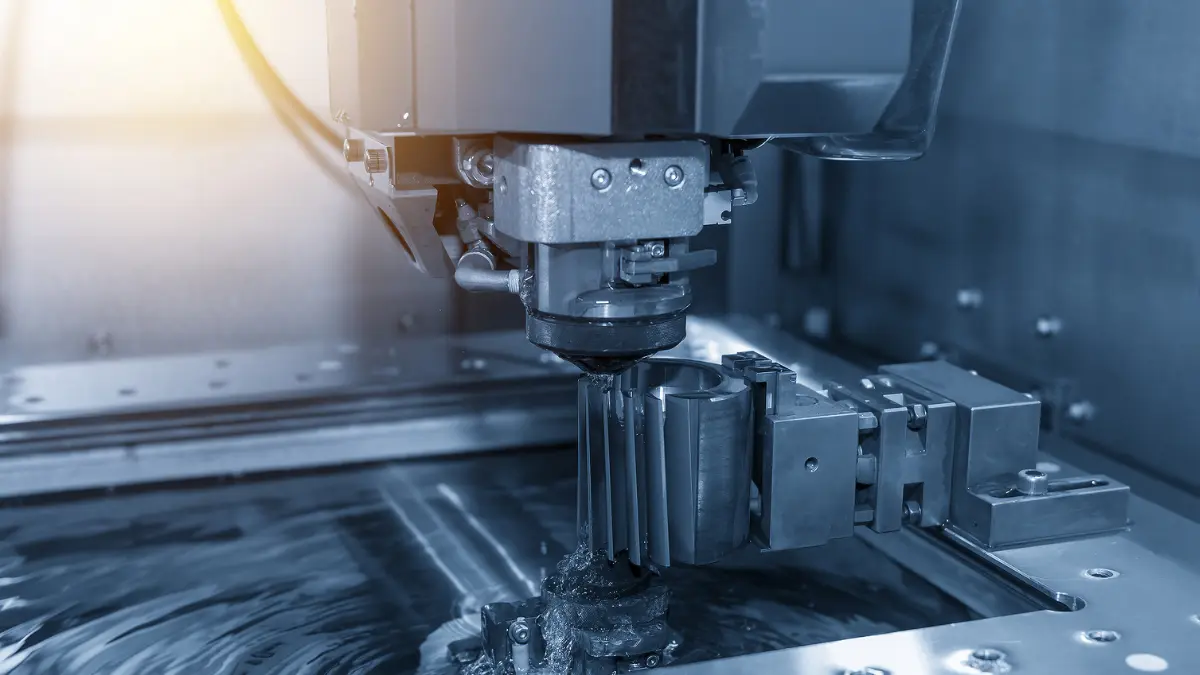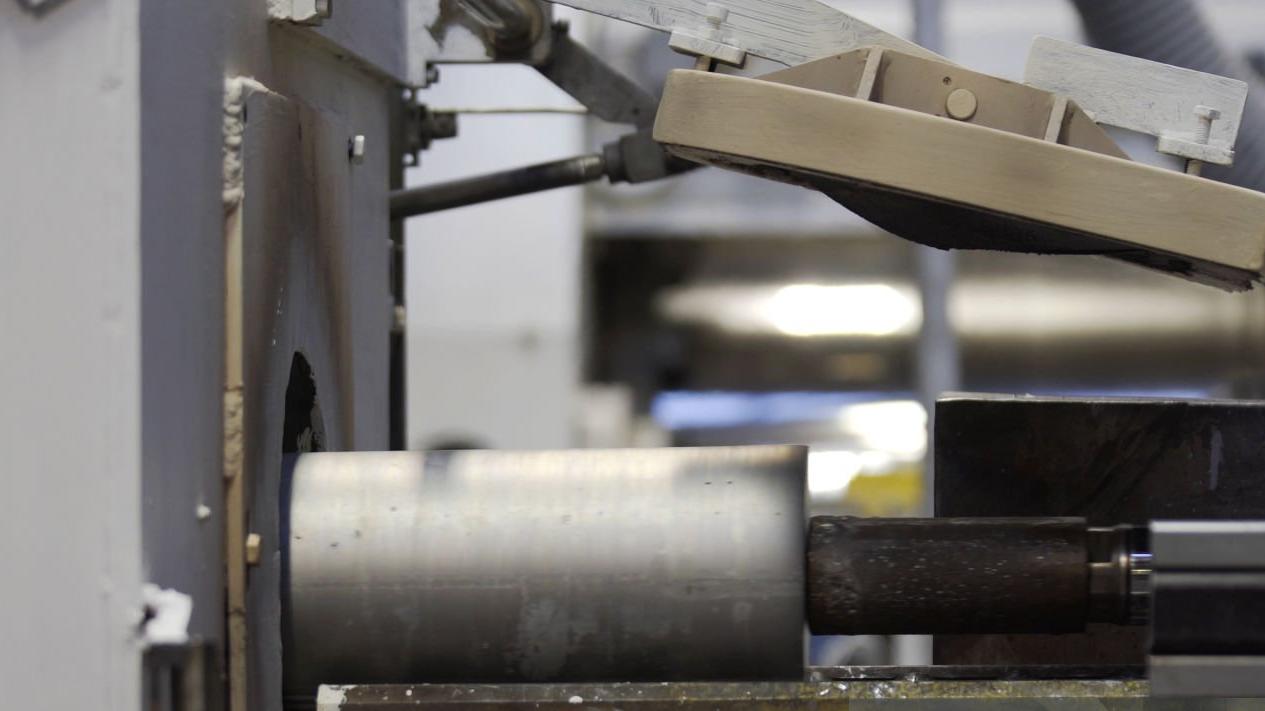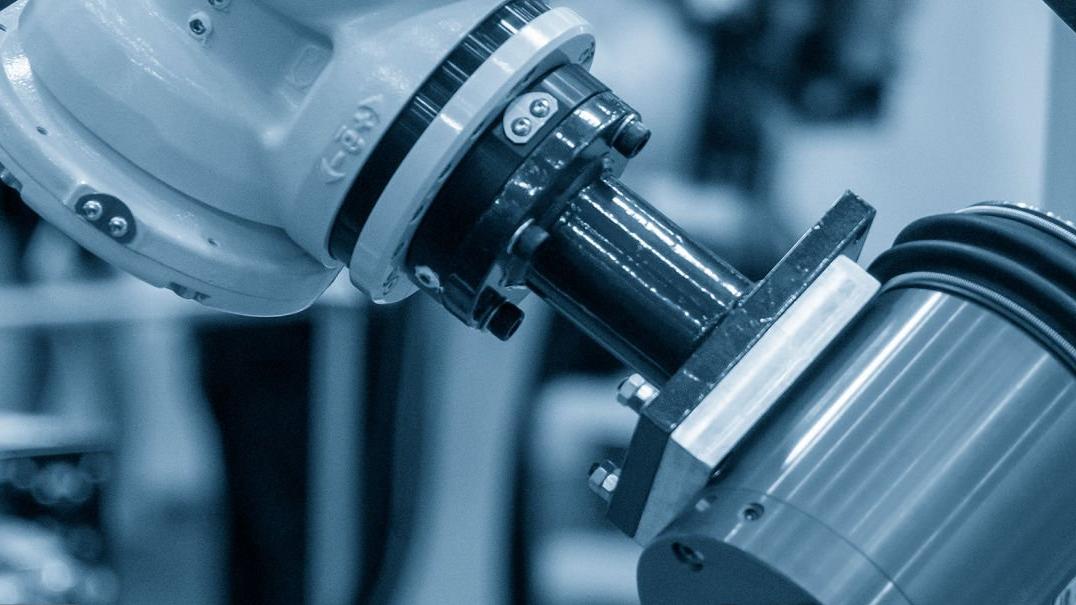Industries like automotive, aerospace, and electronics commonly use aluminium. People value it for being light, strong, resistant to corrosion, and good at conducting heat. With increasing demand for energy efficiency and green manufacturing, optimising aluminium processing has become crucial for engineers.
Balancing cost, complexity, and precision with a single method is challenging. Combining CNC machining and aluminium extrusion addresses this by offering efficient production for structural shapes and high-precision finishing for critical areas. This synergy enhances product performance while improving manufacturing efficiency and cost-effectiveness.
This article looks at how CNC machining and aluminium extrusion work together. It discusses their design strategies and industry uses. These methods are important for modern manufacturing.
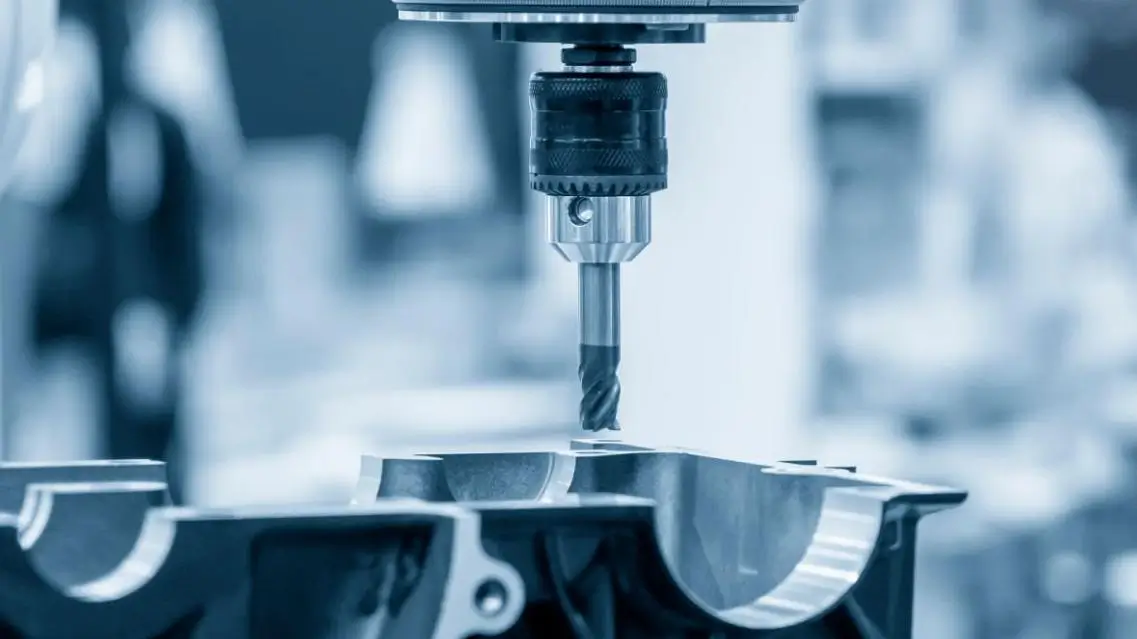
CNC Machining and Aluminum Extrusion:Overview of the Process Characteristics
1. CNC Machining Process Overview
CNC (Computer Numerical Control) machining is a precise way to shape materials using CNC machine tools. These tools can create very complex shapes with high accuracy. Its core strengths include:
- Ultra-high precision:tolerance control up to ±0.01mm to meet the requirements of high precision.
- Three-dimensional complex geometry:Supports complex structures such as oblique holes, threads, steps and asymmetric surfaces.
- Flexibility:No need for moulds, suitable for customisation, small batch, sample or multi-variable structure production.
Disadvantages are:
- High processing cost, low unit efficiency, not suitable for high volume low cost production.
- More material waste, especially significant when cutting large parts.
2. Overview of the Aluminium Extrusion Process
Aluminium extrusion is the process of shaping an aluminium alloy ingot. They heat the ingot to a specific temperature. Then, someone pushes it through a die to create a profile with a set cross-section. Key advantages include:
- Efficient batch capability:suitable for producing large lengths of structural parts with standardised cross-sections, e.g. frames, heat sink bases, etc.
- Freedom of section design:Complex cross-sectional structures (e.g. hollow, reinforced, multi-cavity) can be formed in a single pass through the mould.
- Significant cost advantage: Low unit cost and relatively low mould cost, suitable for medium to high volume production.
- High material utilisation:Significant reduction in primary processing waste.
Limitations are:
- Relatively limited accuracy (±0.1~0.2mm), difficult to meet the demand for assembly-level accuracy.
- Can only process two-dimensional constant cross section, difficult to produce three-dimensional complex shapes.
Why combine CNC Machining and Aluminum Extrusion ?
This combination is not a simple “machining sequence arrangement”, but a higher level of integration of manufacturing strategies. It combines the advantages of “moulding efficiency” and “localised precision”, which are reflected in the following:
- Improved cost efficiency:Extruded profiles are close to the net shape and CNC machining is localised, reducing cutting and time.
- Structural and functional at the same time:structural frame design can be realised through extrusion, and CNC can add precise functional interfaces.
- Flexible response to diverse needs:from lightweight structural parts to complex functional parts, the optimum solution can be matched.
- Supporting sustainable manufacturing:Combined processing can better control material waste and energy consumption, in line with the trend towards green manufacturing.
This is not just a “combination” of two processes, but a reflection of the synergy between product design, supply chain and process engineering.
Combining CNC machining and aluminum extrusion: machining paths, features and application examples
| Machining path | Features | Application examples |
| Aluminium extrusion + CNC machining (most common) | Balancing cost and accuracy | Battery cases, LED heatsinks, communication cases |
| Near net shape extrusion + small amount of CNC | Reduced machining time and scrap | Automation framework, standardised modular structural components |
| Profile extrusion + multi-axis CNC machining | Complex structure, lightweight | Robotic arms, medical supports, drone parts |
| Extruded structural profiles + CNC fitting (assembly orientated) | Supports modularity and high assembly accuracy | Industrial Racks, Solar Racks, Inspection Stands |
| CNC machining interspersed with surface treatment process | Balance accuracy with aesthetics/functionality | Consumer electronics, medical devices, military equipment |
Design Optimisation Strategy for CNC Machining and Aluminum Extrusion
To combine extrusion and CNC effectively, we need to consider how to integrate both processes. This should start at the design stage.
1. Structural co-design
Reserve holes, bosses and guide surfaces in the extruded profiles to avoid CNC mass machining.
For load-bearing structures, engineers should plan reinforcement and joining methods in advance to minimize assembly errors.
2. Material and Precision Matching
Aluminum alloys such as 6061, 6063, 6082, etc. that combine extrudability and machinability should be selected.
The heat treatment sequence should be arranged before CNC machining to avoid dimensional deformation.
3. Simultaneous development of tooling and machining programmes
Tooling design must take into account datum positioning for subsequent CNC machining.
CNC programming should utilise extrusion structure features to reduce redundant paths.
CNC Machining and Aluminum Extrusion:Trends in advanced manufacturing
As the manufacturing industry moves towards digitalisation and intelligence, extrusion + CNC machining is developing in the following directions:
- CAD/CAM integrated design: through the 3D modelling platform to achieve structure, CAD/CAM integrated design: realize the whole chain planning of structure, process and assembly through the 3D modelling platform.
- Lean production planning: using MES system to plan the flow between extrusion, heat treatment and machining to improve delivery response speed.
- Additive Manufacturing Assisted Design: Embedding local 3D printed parts in CNC machining to realise lightweight structure combination.
- Green and sustainable manufacturing: Combined with machining, can improve environmental benefits by optimising energy consumption and waste recycling.
Typical Applications Combining CNC Machining and Aluminum Extrusion
Typical applications of CNC machining and aluminum extrusion involve products that require both high precision and complex structural features.The combination of the two can take advantage of the high efficiency and mass production of aluminium extrusion and the high precision and flexibility of CNC machining to meet the performance, dimensional accuracy and appearance requirements of various industries. Below are some typical industry applications:
1. New Energy Industry (Electric Vehicles, Solar Energy)
- Application Examples: Battery trays, electric vehicle housings, solar rack systems
- Aluminum Extrusion Advantage: Aluminum extrusion allows for the efficient production of large-scale, lightweight frames and supports, capable of forming complex cross-sectional shapes, which is crucial for parts in the electric vehicle and solar energy industries.
- CNC Machining Advantage: CNC machining is used to further process precise holes, interfaces, and other functional features, ensuring assembly accuracy and stability.
2. Aerospace Industry
- Application Examples: Aircraft frames, lightweight guide rails, component supports
- Aluminum Extrusion Advantage: Aluminum extrusion is widely used in aerospace for manufacturing structural components, especially those that need to bear loads while meeting strict weight requirements. Aluminum’s strength-to-weight ratio makes it ideal for this industry.
- CNC Machining Advantage: CNC machining is used for more complex geometries, such as holes, threads, special grooves, while ensuring high precision to meet stringent industry standards.
3. Medical Equipment
- Application Examples: Surgical arms, stands, housings
- Aluminum Extrusion Advantage: Structural frames and supports in medical devices can be produced via aluminum extrusion, offering the right balance of strength and lightweight properties.
- CNC Machining Advantage: CNC machining is used for precision interfaces, cutouts, and surface treatments, ensuring the safety, reliability, and functionality of medical equipment.
4. Consumer Electronics Industry
- Application Examples: Mobile phone housings, laptop enclosures, heat sinks
- Aluminum Extrusion Advantage: Aluminum extrusion offers efficient production of lightweight and strong outer casings and heat dissipation parts for consumer electronics.
- CNC Machining Advantage: CNC machining is used for precision drilling, surface finishing, and interface processing to ensure assembly accuracy and aesthetic appeal, meeting high consumer standards.
5. Robotics Industry
- Application Examples: Robotic arms, guide rails, support structures
- Aluminum Extrusion Advantage: Aluminum extrusion provides accurate, standardized frame structures for robotics, with the ability to form complex cross-sectional shapes like hollow sections and reinforcement ribs.
- CNC Machining Advantage: CNC machining is used to add precise interfaces and details, ensuring that robotic components fit together accurately and operate efficiently.
6. Construction and Infrastructure
- Application Examples: Building frames, curtain walls, support structures
- Aluminum Extrusion Advantage: Aluminum extrusion offers lightweight and corrosion-resistant materials, making it ideal for building facades, window frames, and other construction components.
- CNC Machining Advantage: CNC machining is used for complex connection parts, such as precision processing of custom profiles, ensuring high-precision fit with other structural components.
7. Automotive Industry
- Application Examples: Vehicle frames, radiator frames, engine components
- Aluminum Extrusion Advantage: Aluminum extrusion is used to manufacture automotive frames, structural components, and radiator parts, leveraging its lightweight and high-strength properties.
- CNC Machining Advantage: CNC machining is used for precision interfaces, holes, and connection points to ensure the accuracy and quality of automotive parts.
Suggestions for Manufacturing Engineers
Break down process silos: Encourage early collaboration between extrusion mold designers and CNC process engineers.
- Think process forward: Define “which areas are extruded and which areas are post-processed” simultaneously in the design drawings.
- Consider lifecycle costs: Evaluate not only initial machining costs, but also assembly accuracy, reliability and ease of maintenance.
- Utilize modular design: Increase system scalability and iterative efficiency with standard profiles + custom CNC components.
Conclusion: Integrating processes, reshaping manufacturing competitiveness
The organic combination of CNC machining and aluminium extrusion is not only a choice of technology route, but also a way of thinking about future manufacturing. In an increasingly competitive and complex market environment, manufacturers who can put the concepts of “structural process synergy” and “functional precision integration” into practice are often able to stand out and occupy the core links of the industrial chain.
If you’re striving to balance efficiency and precision in your product development or manufacturing processes, let’s talk. Discover how the synergy of CNC machining and aluminum extrusion can deliver cost-effective, high-performance solutions. Design smarter. Manufacture better.

